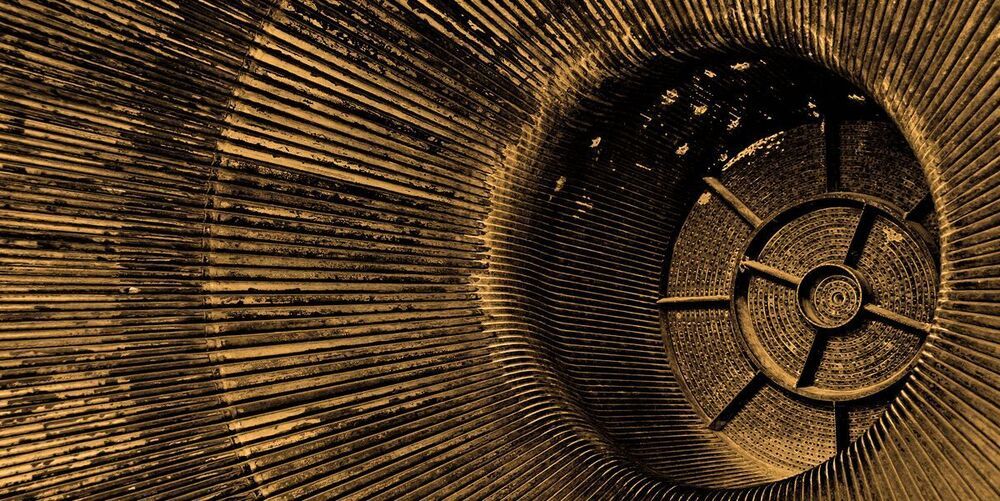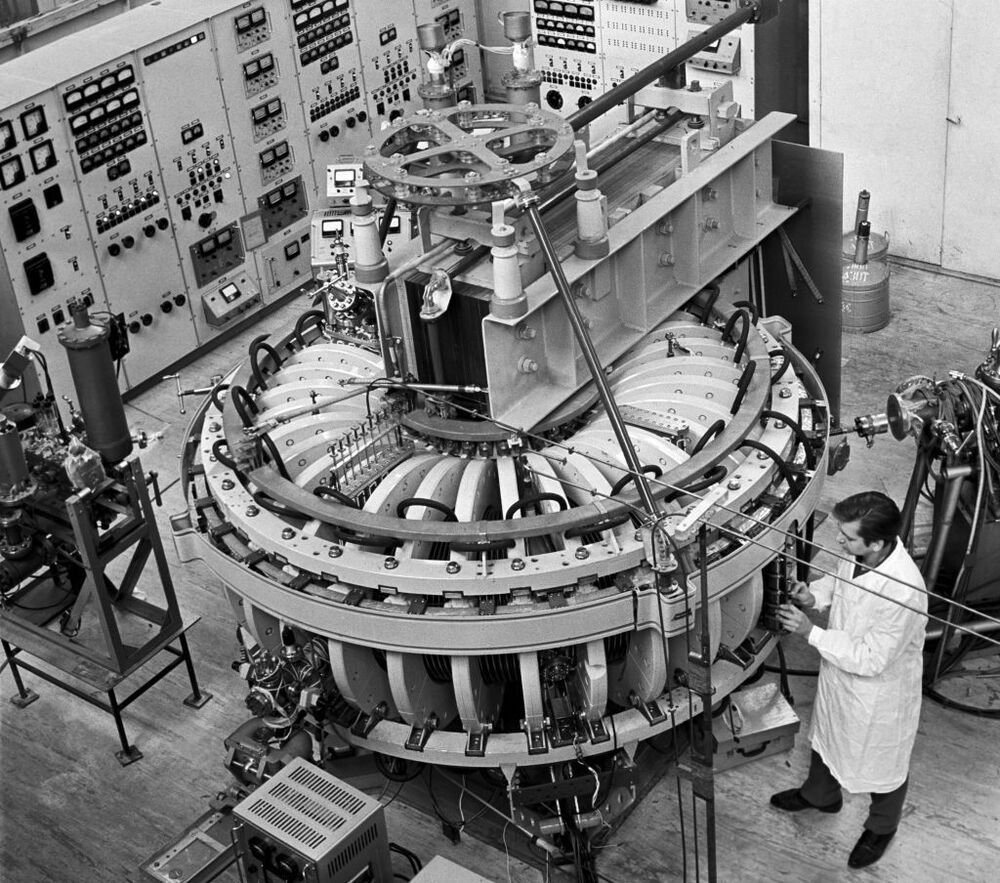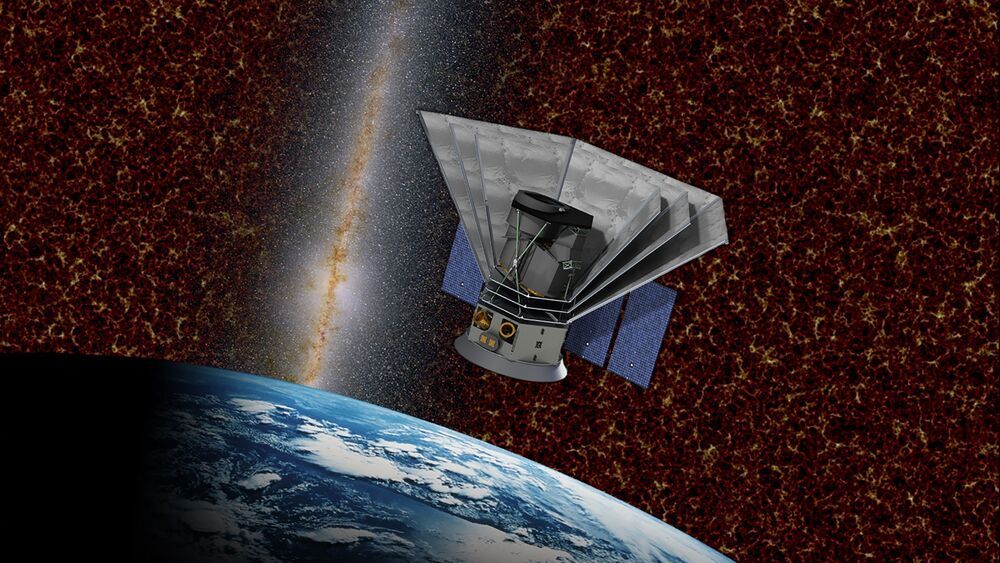The consumer electronics show was virtual this year, and the WIRED Gear crew watched all the Zooms to bring you this list of nearly 80 products, trends, musings, and photos.
Get the latest international news and world events from around the world.

The Rocket Engine That Proves Solar Thermal Propulsion Isn’t Just a Crazy Theory
Engineers at the Johns Hopkins University Applied Physics Laboratory are prototyping a previously theoretical rocket design that could someday take spacecraft to interstellar space. Their plan? Use heat from the sun, rather than combustion, to power a rocket engine.
🌌 You love badass space stuff. So do we. Let’s explore the universe together.

MIND and Mediterranean Diets Associated With Later Onset of Parkinson’s Disease
Summary: Close adherence to the MIND and Mediterranean diets delayed the onset of Parkinson’s disease by up to 17.4 years in women, and 8.4 years in men.
Source: University of British Columbia.
A new study from UBC researchers suggests a strong correlation between following the MIND and Mediterranean diets and later onset of Parkinson’s disease (PD). While researchers have long known of neuroprotective effects of the MIND diet for diseases like Alzheimer’s and dementia, this study is the first to suggest a link between this diet and brain health for Parkinson’s disease (PD).

Geothermal discovery could launch green revolution for energy industry
Good to see that geothermal is finally starting to be rolled out — this time in Canada.
A small company in Saskatchewan is building what could become Canada’s first geothermal power plant, which could launch a green revolution for the energy industry and the people who work in it.
Watch The National live on YouTube Sunday-Friday at 9 p.m. ET
Connect with The National online:
Facebook | https://www.facebook.com/thenational.
Twitter | https://twitter.com/CBCTheNational.
Instagram | https://www.instagram.com/cbcthenational.
More from CBC News | https://www.cbc.ca/news.

Physicists Find New State of Matter in a One-Dimensional Quantum Gas – “Beyond My Wildest Conception”
By adding some magnetic flair to an exotic quantum experiment, physicists produced an ultra-stable one-dimensional quantum gas with never-before-seen “scar” states – a feature that could someday be useful for securing quantum information.
As the story goes, the Greek mathematician and tinkerer Archimedes came across an invention while traveling through ancient Egypt that would later bear his name. It was a machine consisting of a screw housed inside a hollow tube that trapped and drew water upon rotation. Now, researchers led by Stanford University physicist Benjamin Lev have developed a quantum version of Archimedes’ screw that, instead of water, hauls fragile collections of gas atoms to higher and higher energy states without collapsing. Their discovery is detailed in a paper published today (January 142021) in Science.
Guy spends 7 years and $121K to build working Akira motorcycle
Circa 2012
If you’ve seen (or read) Katsuhiro Otomo’s classic Akira, you have, at one point or another, thought, “Man, I’d love to tear it up on Kaneda’s motorcycle.” One dude in Japan spent 10 million yen to make that dream come true, and he’s currently riding it across the Land of the Rising Sun to raise money for charity.

Nuclear fusion tech developer General Fusion now has Shopify and Amazon founders backing it
In a brief announcement today, the Canadian nuclear fusion technology developer General Fusion announced that the investment firm created by Shopify founder Tobias Lütke has joined the company’s cap table.
The size of the investment made by Lütke’s Thistledown Capital was not disclosed, but with the addition, General Fusion has the founders of the two biggest e-commerce companies in the Western world on its cap table.
Jeff Bezos, the founder and chief executive of Amazon, first invested in the company nearly a decade ago and General Fusion has been steadily raising cash since that time. In 2019, the company hauled in $100 million. That capital commitment is part of a haul totaling at least, $192 million, according to Crunchbase although the real figure is likely higher.

Important Milestone in the Creation of a Quantum Computer That Uses Transistors As Qubits
One of the obstacles for progress in the quest for a working quantum computer has been that the working devices that go into a quantum computer and perform the actual calculations, the qubits, have hitherto been made by universities and in small numbers. But in recent years, a pan-European collaboration, in partnership with French microelectronics leader CEA-Leti, has been exploring everyday transistors — that are present in billions in all our mobile phones — for their use as qubits.
The French company Leti makes giant wafers full of devices, and, after measuring, researchers at the Niels Bohr Institute, University of Copenhagen, have found these industrially produced devices to be suitable as a qubit platform capable of moving to the second dimension, a significant step for a working quantum computer. The result is now published in Nature Communications.
One of the key features of the devices is the two-dimensional array of quantum dot. Or more precisely, a two by two lattice of quantum dots. “What we have shown is that we can realize single electron control in every single one of these quantum dots. This is very important for the development of a qubit, because one of the possible ways of making qubits is to use the spin of a single electron. So reaching this goal of controlling the single electrons and doing it in a 2D array of quantum dots was very important for us,” says Fabio Ansaloni, former PhD student, now postdoc at center for Quantum Devices, NBI.

Spectro-Photometer for the History of the Universe, Epoch of Reionization and Ices Explorer
(SPHEREx) mission is a planned two-year mission funded at $242 million (not including launch costs).
SPHEREx will survey the sky in optical as well as near-infrared light which, though not visible to the human eye, serves as a powerful tool for answering cosmic questions. Astronomers will use the mission to gather data on more than 300 million galaxies, as well as more than 100 million stars in our own Milky Way.
SPHEREx will survey hundreds of millions of galaxies near and far, some so distant their light has taken 10 billion years to reach Earth. In the Milky Way, the mission will search for water and organic molecules — essentials for life, as we know it — in stellar nurseries, regions where stars are born from gas and dust, as well as disks around stars where new planets could be forming.